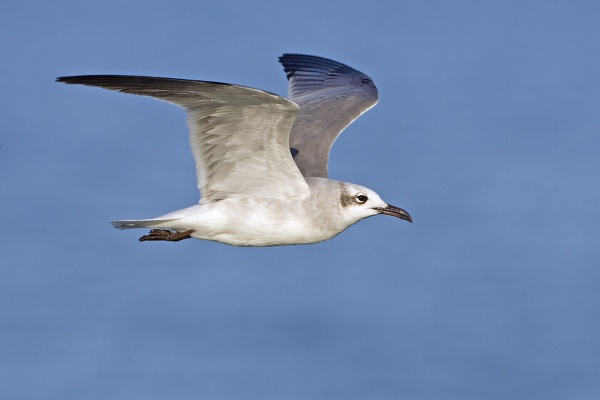Facts About Laughing gull
The laughing gull is a medium-sized bird commonly found across North and South America. Renowned for its distinctive laugh-like call, this gull is an opportunistic feeder, consuming everything from small fish to scraps left by humans.
Laughing gulls breed in large colonies along the Atlantic coast of North America, the Caribbean, and northern parts of South America. There are two subspecies of laughing gulls: L. a. megalopterus and L. a. atricilla. The genus name, *Leucophaeus*, is derived from Ancient Greek, meaning "white" and "dusky" while *atricilla* translates to "black tail."
These gulls build their nests in coastal marshes and ponds, making them primarily ground nesters. They usually lay three to four greenish eggs, which they incubate for about three weeks.
You can easily recognize a laughing gull by its white body, dark grey back and wings, black head, and red bill. It takes about three years for these birds to develop their full adult plumage. Young laughing gulls are darker compared to other gulls of similar size.
Their name in English comes from their unique call, which sounds like a high-pitched laugh. During the breeding season, they can be found along the Atlantic coast, the Caribbean, and northern South America. When winter arrives, northern populations migrate south. Occasionally, they even appear as rare visitors in Western Europe.
Initially, the laughing gull was classified in the genus *Larus*, but the American Ornithologists' Union has since reassigned it to the genus *Leucophaeus*.

 Peru
Peru